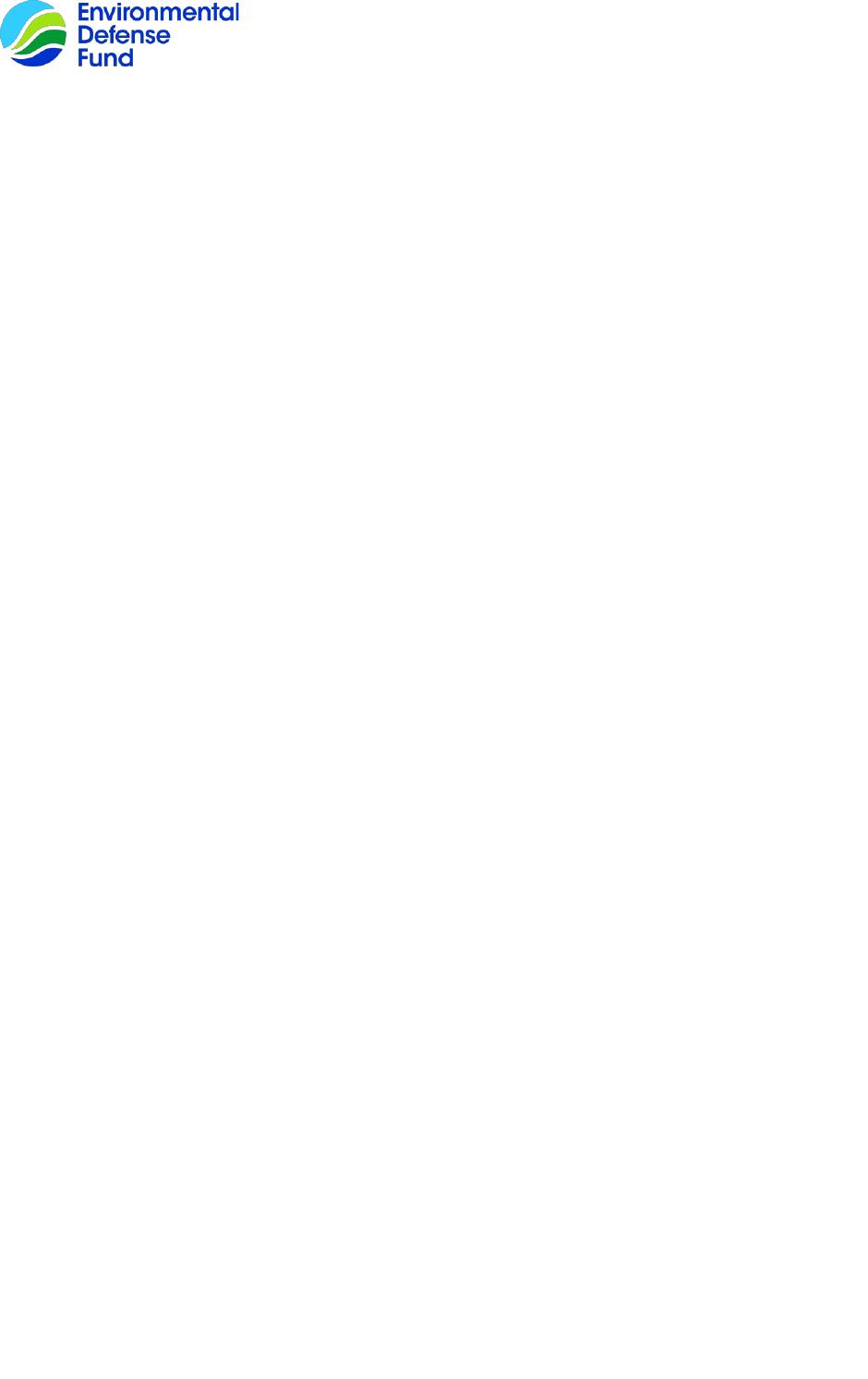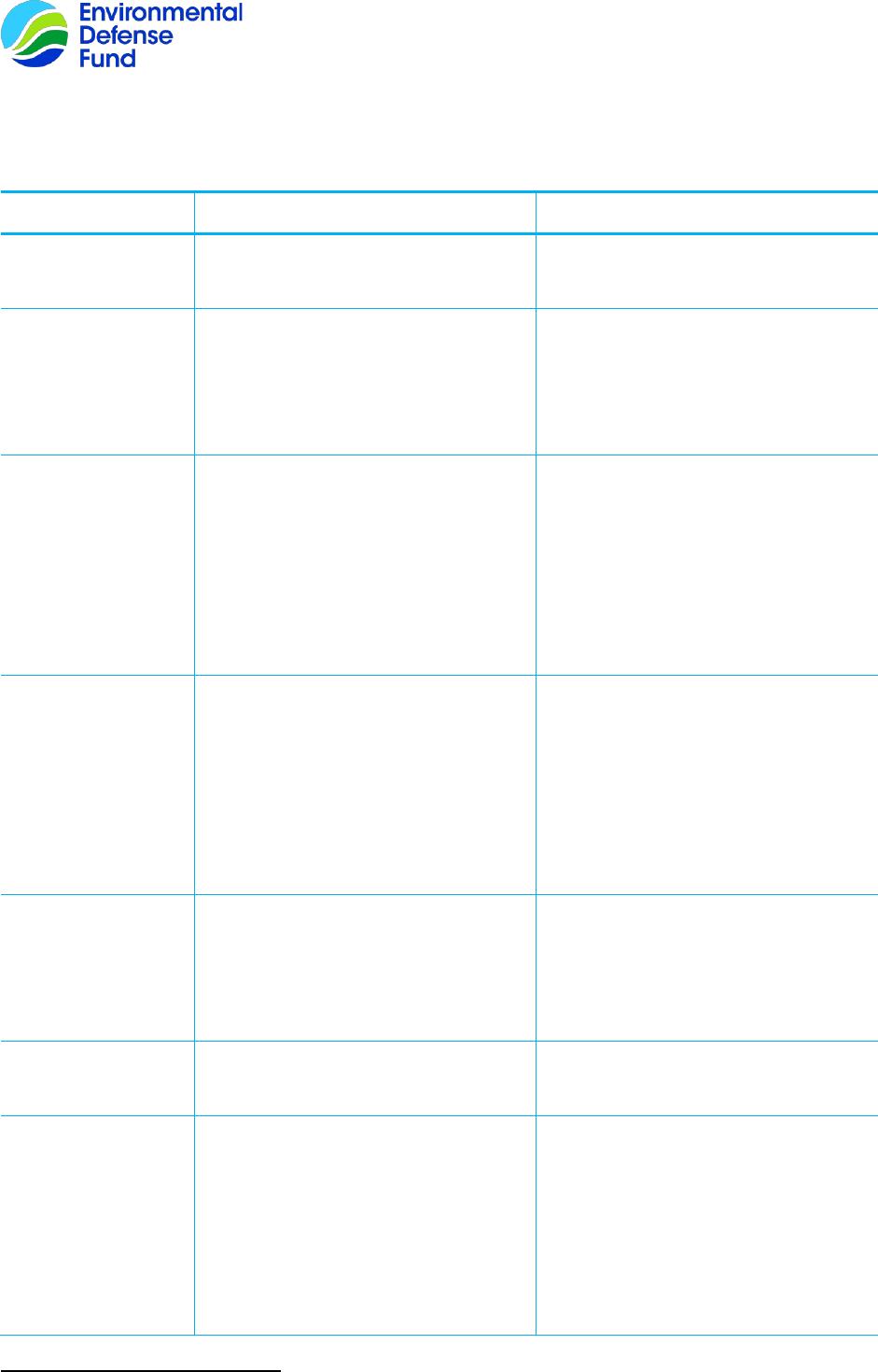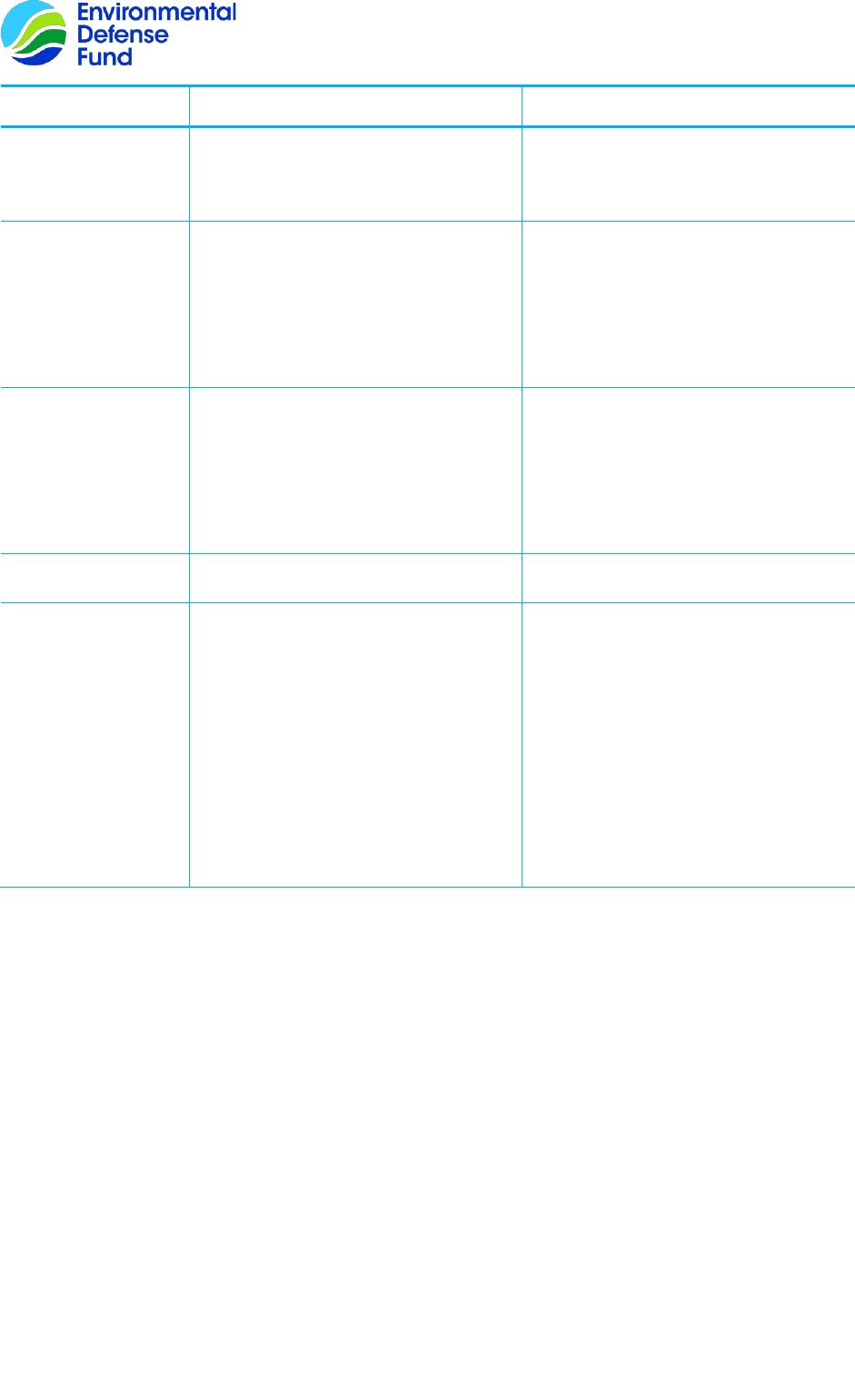China GHG Voluntary Emission
Reduction Program (CCER program)
Fact Sheet
As a supplemental option for the national and local compliance carbon markets, China GHG
Voluntary Emission Reduction Program (CCER program) is able to help enterprises covered
by compliance carbon markets fulfill their compliance obligation at a lower cost. CCER is
also an important instrument for business or social activities that aims to achieve carbon
neutrality for offsetting their hard-to-reduce emissions. Meanwhile, the financial benefits
generated from the CCER projects can also incentivize ambitious emission reductions in the
sectors not covered by compliance carbon markets, thereby accelerating the application of
more low-cost emission reduction technologies and lowering the overall social emission
reduction costs.
In 2012, the National Development and Reform Commission (NDRC) published the Interim
Measures on the Management of the Greenhouse Gas Voluntary Emission Reduction
Program and the Guidelines on Validation and Verification of Greenhouse Gas Voluntary
Emissions Reduction Projects. In 2015, the national registry of Voluntary Carbon Emission
Reductions was launched, marking the official start of trading for China's GHG Voluntary
Emission Reduction Program. In 2017, NDRC suspended the new project development and
credits issuance under the previous China's voluntary greenhouse gas emission reduction
program (the previous CCER program). In 2018, the responsibilities of addressing climate
change were transferred from the NDRC to the Ministry of Ecology and Environment (MEE).
The competent authority of managing the China GHG Voluntary Emission Reduction
Program was shifted accordingly.
Since the launch of previous CCER program in 2012, over 1300 projects have been
registered, covering various project scopes such as energy, waste disposal, agriculture, and
afforestation. It is estimated that the annual emission reduction exceeds 100 million tonnes.
The issued CCER credits is about 77 million tonnes. As of the end of December 2022, the
cumulative trading volume of CCER is about 450 million tonnes, and the cumulative
transaction value is about 6 billion yuan. In 2021, approximately 190 key emission entities in
the first compliance period of the national carbon market used approximately 32 million
tonnes of CCER for offsetting their compliance obligation. Voluntary greenhouse gas
emission reduction transactions have made positive contributions to promoting the low-cost
achievement of carbon reduction goals in the entire society and serving green and low-
carbon development. Since the previous CCER program was launched in 2012, the program
has made a positive contribution to achieving carbon emission reduction targets with lower
social costs and accelerating the green and low-carbon development.
On October 19th, 2023, the MEE released the Measures for the Administration of
Greenhouse Gas Voluntary Emission Reduction Trading (Trial), marks the launch of the
new CCER program, which has become one of the crucial enablers for achieving China's
carbon peaking and carbon neutrality goals, as well as China’s contribution for global climate
governance. On October 24th, 2023, the MEE released the first batch of 4 project
methodologies that outlined the prioritized support project types under the new CCER
program, including: afforestation carbon sink, grid-connected solar thermal power
generation, grid-connected offshore wind power generation, and mangrove vegetation
creation. On October 25th, 2023, the MEE released the Notice on Work Arrangements of
Greenhouse Gas Voluntary Emission Reduction Program, which is the institutional
arrangements for the emission reductions issued under the previous CCER program. On
January 22nd, 2024, the new CCER program was officially launched.



 VIP
VIP VIP
VIP VIP
VIP VIP
VIP VIP
VIP VIP
VIP VIP
VIP VIP
VIP VIP
VIP VIP
VIP